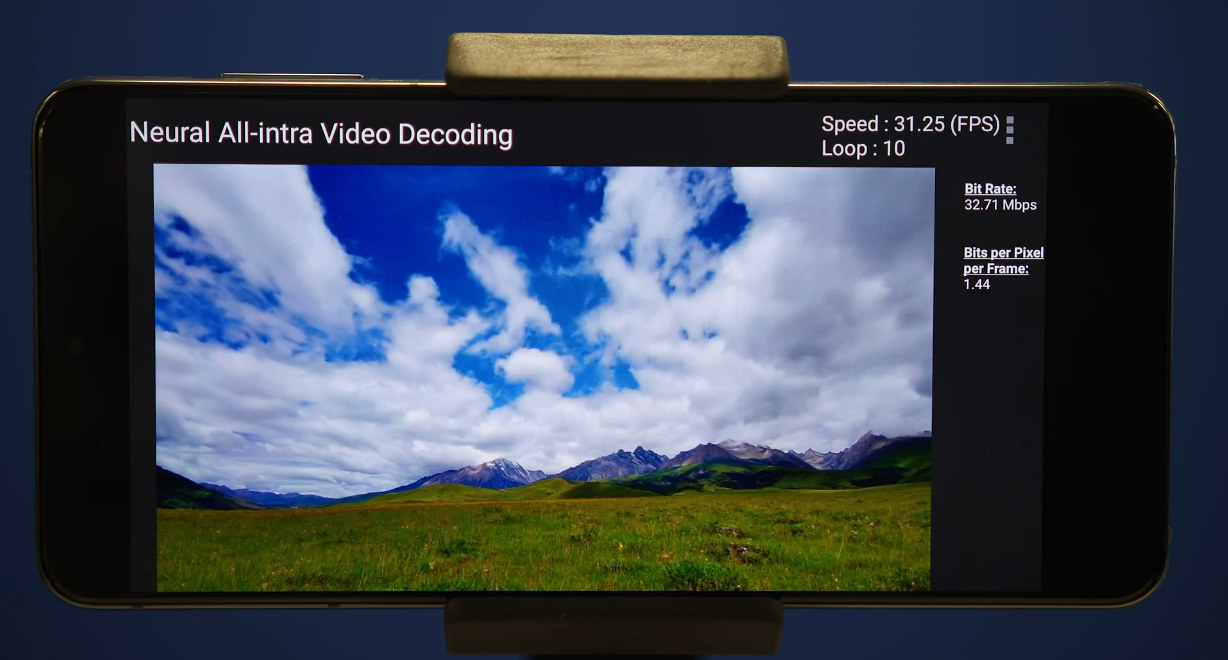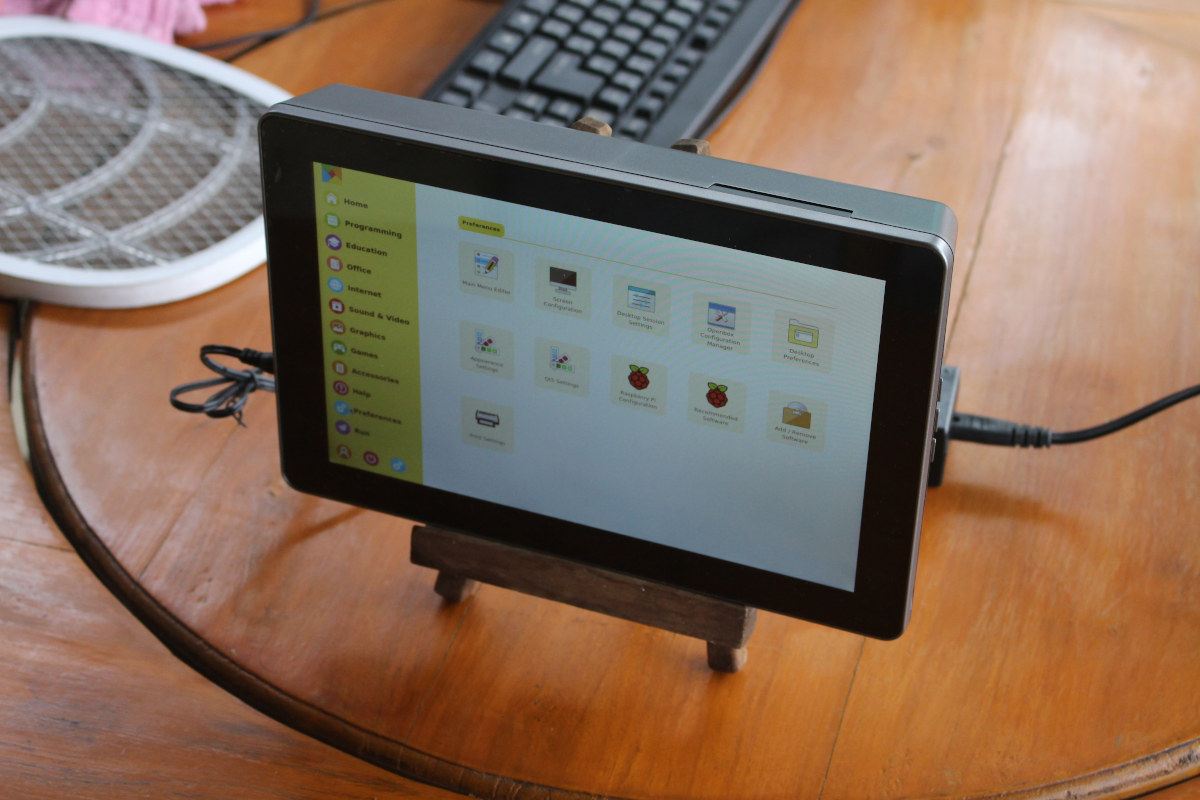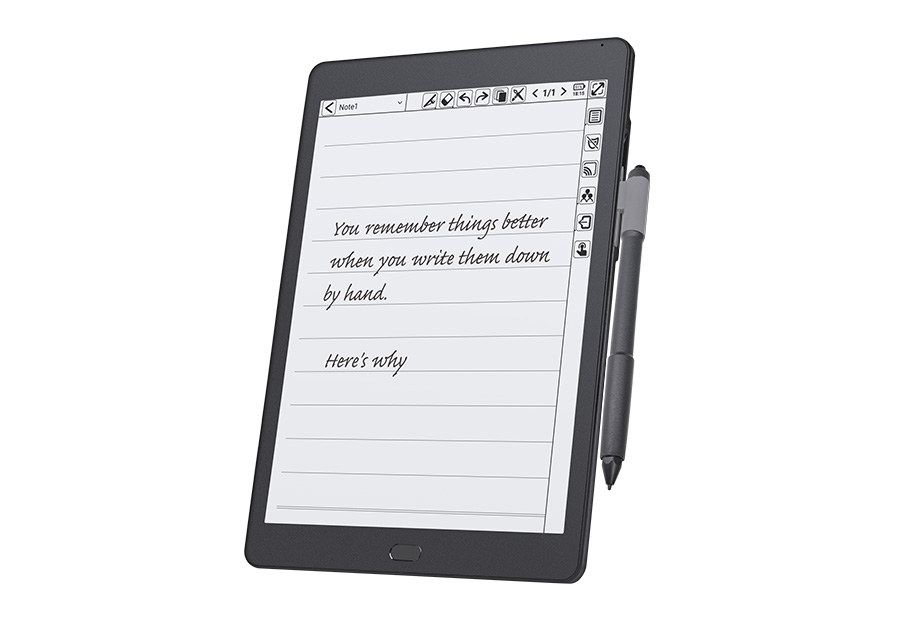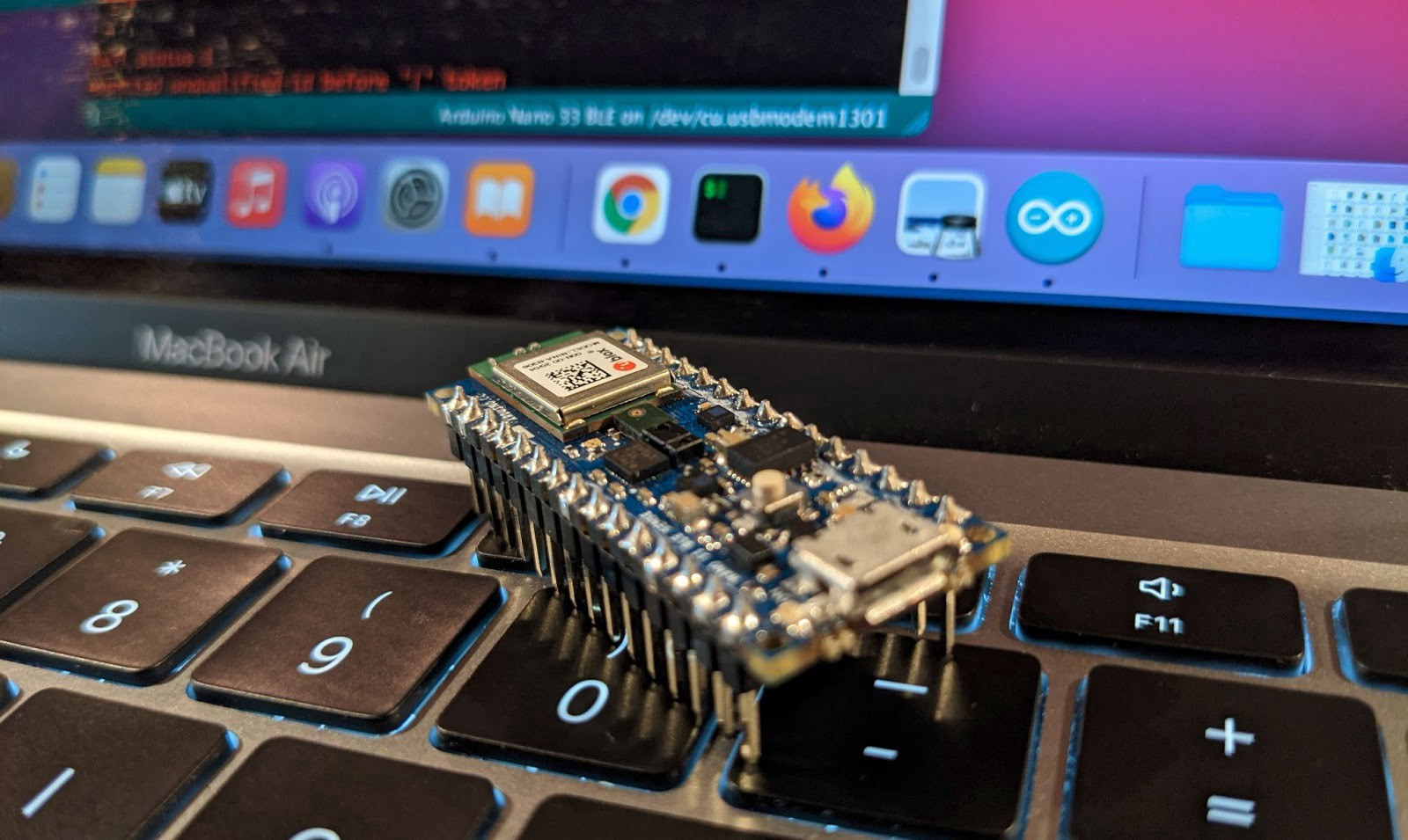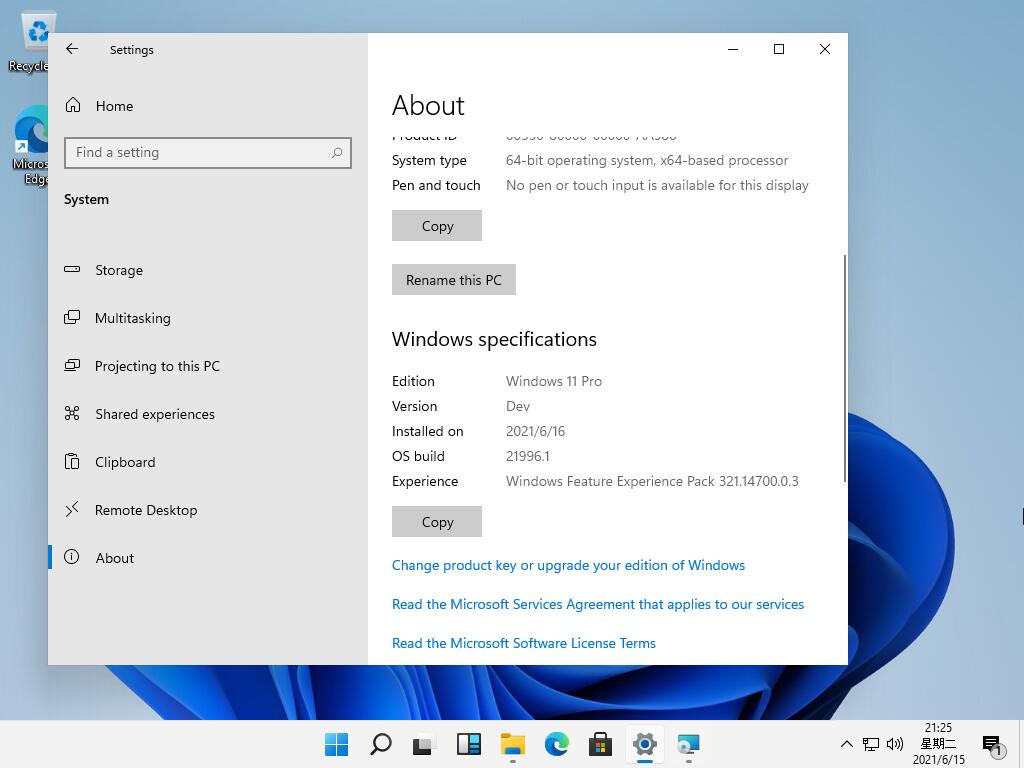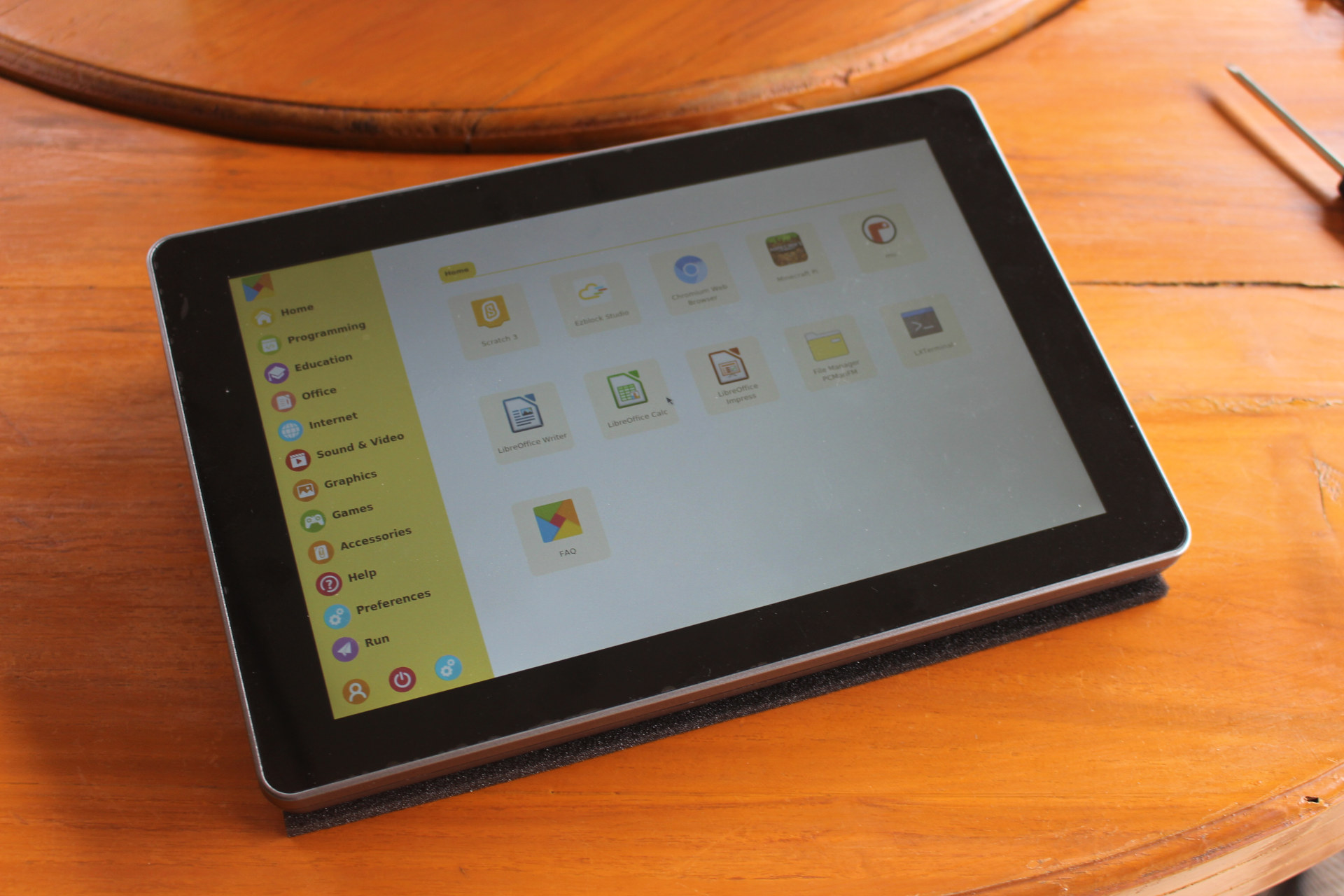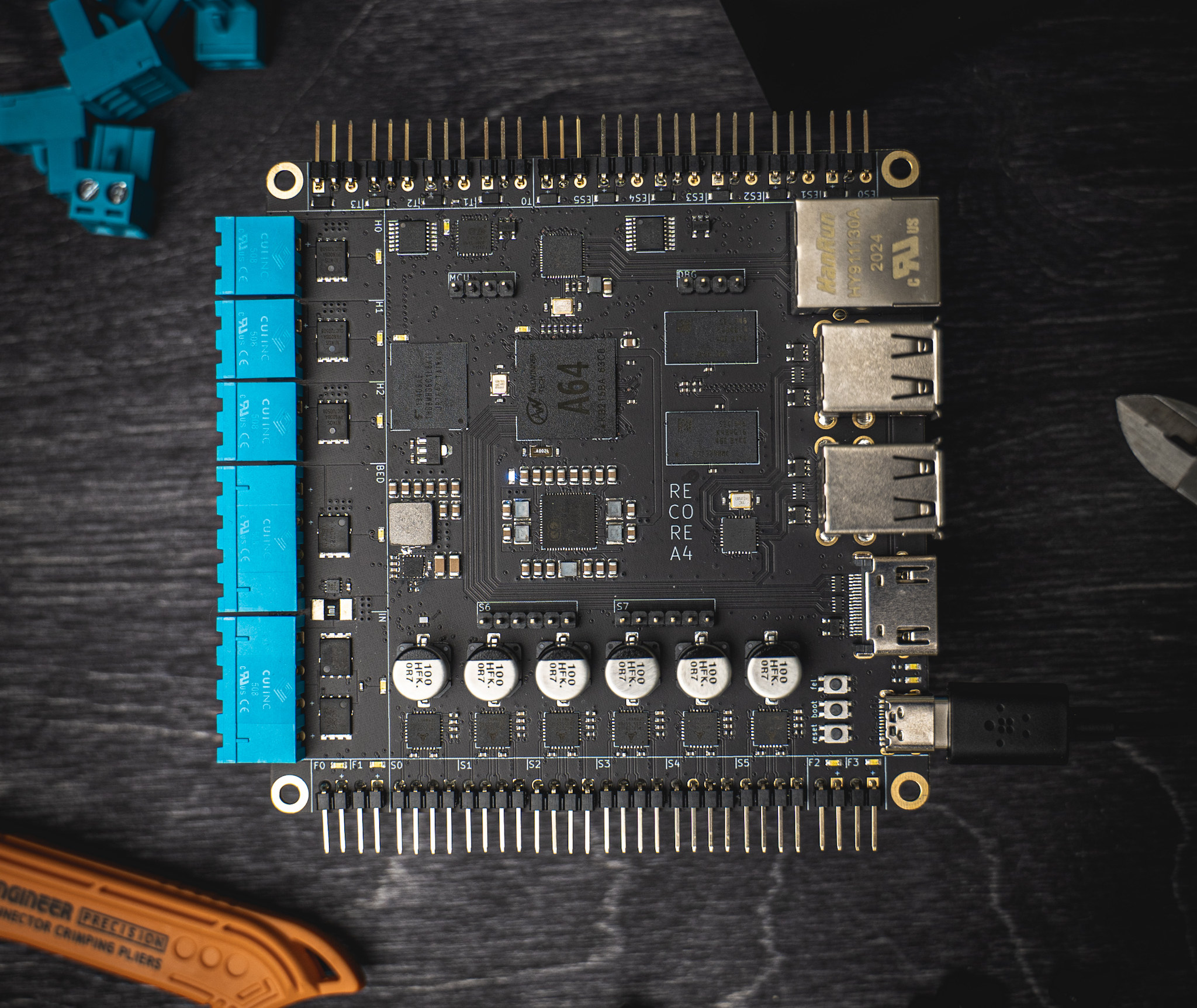Sometimes hardware blocks got to work on tasks they were not initially designed to handle. For example, AI inference used to be mostly offloaded to the GPU before neural network accelerators became more common in SoC’s. Qualcomm AI Research has now showcased a software-based neural video decoder that leverages both the CPU and AI engine in Snapdragon 888 processor to decode a 1280×704 HD video at over 30 fps without any help from the video decoding unit. The neural video decoder is still a work in progress as it only supports intra frame decoding, and inter frame decoding is being worked on. That means each frame is currently decoded independently without taking into account small changes between frames as all other video codecs do. The CPU handles parallel entropy decoding while the decoder network is accelerated on the 6th generation Qualcomm AI Engine found in Snapdragon 888 mobile platform. This […]
10BASE-T1L Ethernet chips enable up to 1.7 kilometer long Ethernet cables
The maximum length of Ethernet cables used to be 100 meters. While that may be more than enough for most applications, it does not cut it for industrial communication applications. So the 10BASE-T1L Ethernet physical layer standard (IEEE 802.3cg-2019) was approved by the IEEE on November 7, 2019 to allow for cables over one kilometer using a single twisted-pair cable. Analog Devices has launched two 10BASE-T1L Ethernet chips with ADIN1100 Ethernet PHY and ADIN1110 Ethernet MAC-PHY that allow for up to 1.7 kilometer long Ethernet cables. Let’s check out ADIN1100 specifications for reference: 10BASE-T1L IEEE Std 802.3cg-2019 compliant Cable Reach 1700 meters+ with 1.0 V pk-pk 1700 meters+ with 2.4 V pk-pk Auto-Negotiation capability Supports intrinsic safety applications MII, RMII & RGMII MAC interfaces MDIO Management Interface Unmanaged configuration using pin strapping including: Master/Slave selection Transmit amplitude PHY address 25 MHz crystal oscillator/25 MHz external clock input (50 MHz external […]
RasPad 3 Review – Part 2: A Raspberry Pi 4 mini PC with integrated display
I started RasPad 3 review last week with an unboxing of the tablet shell for Raspberry Pi 4, together with assembly instructions, and a first boot after flashing Raspad OS to the system. In the first part of the review, I mentioned that I’d probably focus the remainder of the review on Ezblock Studio visual programming IDE, as the rest of the software is almost the same as using a standard Raspberry Pi 4, the other difference being the touchscreen-friendly RasPad launcher. But Sunfounder explained to me it would be hard to check out Ezblock as it’s designed to control robots and other hardware platforms, and requires an extra HAT (see Kickstarter campaign) to allow the Ezblock APP to connect through Bluetooth (it cannot be directly linked to Raspberry Pi through the built-in Bluetooth). Here’s an example of a robot that is compatible with Ezblock Studio: Picar-X. Finally, I was […]
KloudNote 10.3-inch E-reader supports WiFi, Bluetooth and cellular connectivity
Geniatech used to be better known for their Amlogic TV boxes, before expanding their business to development boards and systems-on-modules. But the company has now introduced KloudNote, a 10.3-inch E-reader running Android 8.1 on a quad-core Cortex-A35 processor. The device is equipped with 2GB of RAM and a 16GB eMMC flash, supports WiFi 5 and Bluetooth, as well as optional 2G/3G/4G LTE cellular connectivity, and comes with a USB-C port and a headphone jack. KloudNote (sometimes written Kloud Note) specifications: SoC – Unnamed quad-core Cortex-A35 processor @ 1.2 GHz System Memory – 2GB RAM Storage – 16GB or 32GB eMMC flash Display – 10.3-inch E-Ink flexible screen with cover-lens, 1872×1404 resolution, capacitive touch and electromagnetic touch with support for a stylus with 4096-level of pressure sensitivity Connectivity 802.11 a/b/g/n/ac WiFi 5, Bluetooth 4.2 Optional 2G/3G/4G Audio – Earphone jack, built-in speaker & microphone USB – 1x USB-C port for charging Documents […]
Picovoice offline Voice AI engine now works on Arduino
Last year, I wrote about Picovoice support for Raspberry Pi enabling custom wake-word and offline voice recognition to control the board with voice commands without relying on the cloud. They used ReSpeaker 4-mic array HAT to add four “ears” to the Raspberry Pi SBC. I also tried to generate a custom wake-word using the “Picovoice Console” web interface, and I was able to use “Dear Master” within a few minutes on my computer. No need to provide thousands of samples, or wait weeks before getting a custom wake-word. It’s free for personal projects. But the company has now added Picovoice to Arduino, or more exactly Arduino Nano 33 BLE Sense powered by a Nordic Semi nRF52480 Arm Cortex-M4F microcontroller, and already equipped with a digital microphone, so no additional hardware is required for audio capture. To get started, you’d just need to install the Picovoice Arduino library, load the sample […]
Windows 11 build leaked, Windows 10 support ending in 2025
There’s been some rumors about Windows 11 – codename Sun Valley – in the last couple of weeks, but now I suppose that’s official as a leaked build of Windows 11 has made the rounds in the press, and Microsoft also announced Windows 10 support will be ending in October 2025 both for the Home and Pro version of the operating systems, as well as Windows 10 IoT Enterprise. Websites that tested the Windows 11 leaked build, including XDA Developers and NotebookCheck, report it’s very much like Windows 10, but with the scrapped Windows 10X shell. Since Microsoft is scheduled to announced Windows 11 on June 24, the user interface and experience should be pretty close to the actual release. The most obvious visual change compared to Windows 10 is that the taskbar is now centered. Other cosmetic changes include Windows and menus with rounded corners, a new Windows logo, […]
RasPad 3 Review – Part 1: Raspberry Pi 4 “tablet” specs, unboxing and assembly
RasPad tablet kit for Raspberry Pi 3B+ and other SBC’s was introduced in 2018, but Sunfounder has recently introduced an update, RasPad 3 that supports the more powerful Raspberry Pi 4 SBC. After seeing my review of CrowPi2 Raspberry Pi 4 education laptop, the company asked me whether I’d be interested in reviewing Raspad 3 as well. So here we are, and I’ve received a sample of the tablet kit. As usual, I’ll do a two-part review, with unboxing and assembly of the kit. Since I previously missed the RasPad 3 announcement, I’ll start by listing some of the specifications. RasPad 3 specifications Compatible board – Raspberry Pi 4B with Broadcom BCM2711 quad-core Cortex-A72 processor, up to 8G RAM Storage – MicroSD card socket Display – 10.1-inch touchscreen IPS display with 1280×800 resolution, 10-point touch Video Output – Full-size HDMI output Audio – 3.5 mm headphone jack, stereo speaker Connectivity […]
3D printer board leverages Allwinner A64’s AR100 core for real-time control
Elias Bakken has been working on Recore 3D printer control board based on Allwinner A64 processor since 2019 and with revision “A5” of the PCB, Recore is now considered stable and will ship to customers. But wait? Isn’t Allwinner A64 just a quad-core Cortex-A53 processor meant to run Linux? But 3D printer control boards require real-time I/O and that’s why many are designed with STM32, Arduino compatible Microchip MCU or other microcontrollers. The trick here is that Elias did not use the Cortex-A53 cores for real-time control, but instead the 300 MHz AR100 32-bit OpenRISC 1000 core found in Allwinner A64 SoC. Recore specifications: SoC – Allwinner A64 quad-core Cortex-A53 processor running at 1 GHz, with AR100 32-bit core @ 300 MHz, Mali-400MP2 GPU System Memory – 1 GB DDR3 RAM Storage – 8 GB eMMC flash Video Output – HDMI output to connect a display Networking – Gigabit Ethernet […]


